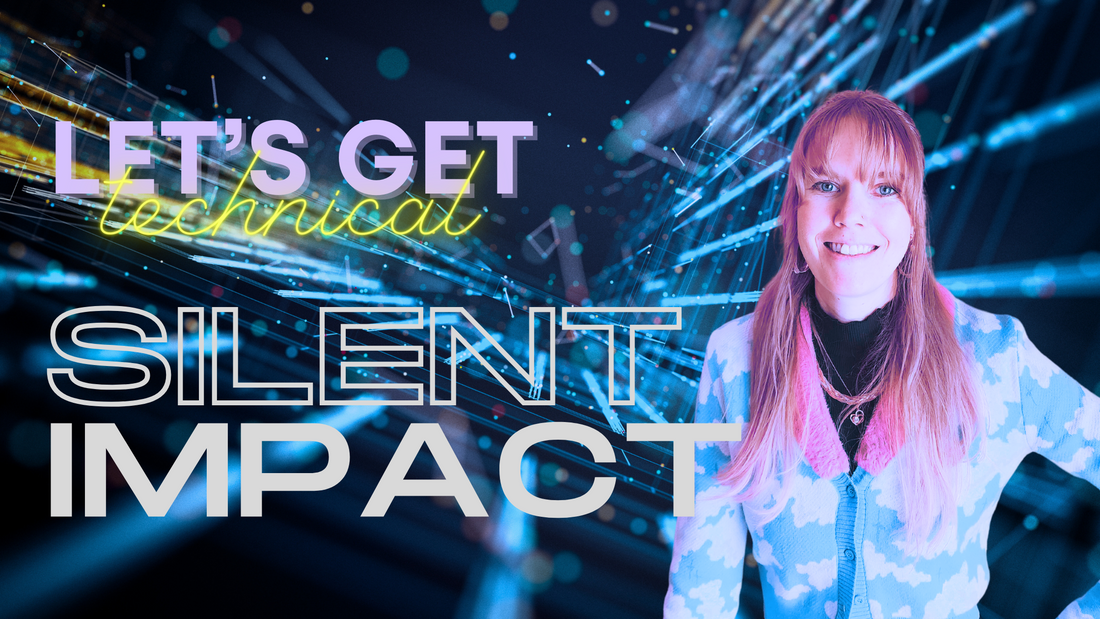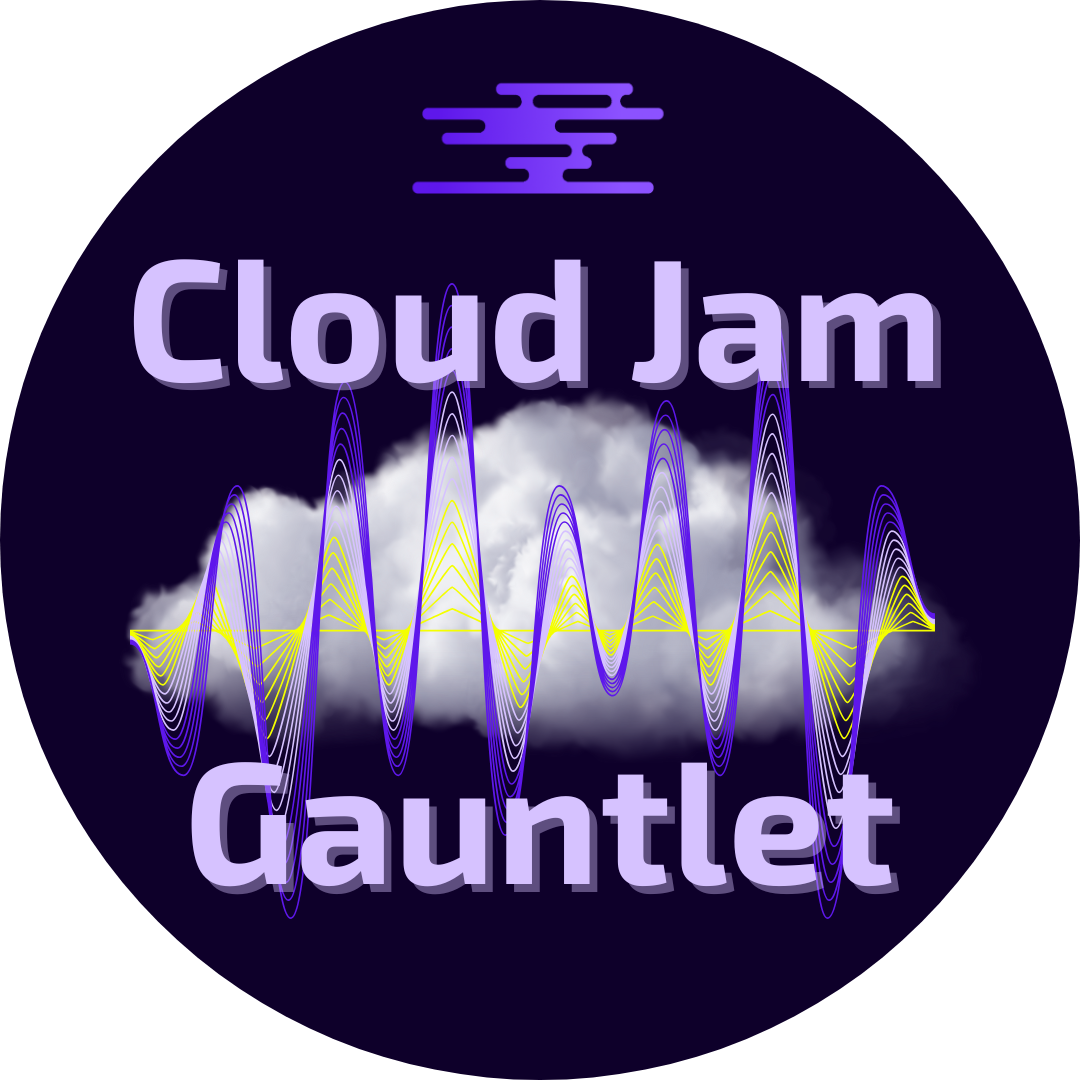
Silent Impact
Share
How Technical Writers Make the Complex Understandable
By Laura Anderson Riley
Have you ever wondered who writes the instructions for assembling your do-it-yourself furniture, or who pens the user guide for your new smartphone? Welcome to the world of technical writing, the unsung hero of the writing world.
Technical writing is like giving someone directions to a treasure – you need to be clear, direct, and to-the-point – no talking in riddles or pirate-speak. In technical writing, the goal is to explain complex topics in a way that’s easy to understand, whether the topic is how to assemble a toy spaceship or the technical specs of an actual spaceship.
A day in the life of a technical writer involves lots of coffee, lots of time talking to engineers, and lots of time with screens. A technical writer’s superpower is the ability to turn tech gibberish into human language. Your job is to translate jargon into common language that can be easily understood.
7 core areas of technical writing
Technical writing isn’t just writing user guides. It can encompass a whole range of areas. Though the list below is not exhaustive, it provides a comprehensive overview of the core fields of technical writing.
- Software Documentation: This includes all documentation for software applications, such as user guides, API documentation, and system administrators’ manuals, which are vital for users to effectively interact with software products.
- Technical Reports: These detailed reports present technical information and analysis on specific topics, often used in scientific, engineering, and business contexts.
- White Papers: Authoritative reports or guides that discuss specific issues and how to solve them, commonly used in corporate and governmental sectors for policy-making and decision support.
- Standard Operating Procedures (SOPs): These documents provide step-by-step instructions for performing operations or tasks, essential for maintaining consistency and quality in organizational processes.
- Scientific Papers/Articles: Papers written for scientific journals that detail original research, findings, or reviews, contributing significantly to the body of scientific knowledge.
- Business Proposals: Documents that propose a business arrangement, including technical specifications and logistics, essential for securing contracts and partnerships.
- User Manuals/Instructions: These guides are essential for helping users understand how to operate or assemble a product, making them crucial for customer satisfaction and product usability.
Why we can’t live without technical writing
Imagine a world without technical writing: Flat-pack furniture would be an unsolvable puzzle, and using a new appliance would feel like defusing a bomb. Technical writers are the brains who turn "What in the world is this thing?" into "Ah, so that's how it works!"
The life of a technical writer is full of adventures – from deciphering engineer-speak, chasing subject matter experts for that one crucial piece of information, and the never-ending quest to find the perfect synonym for "user friendly."
Technical writing is not just about manuals and guides; it's an art form that makes life easier. It's the bridge between a box of materials or a software package to "I made this" and "I can use this."
If you enjoyed this high-level glimpse into the world of technical writing, stay tuned for future posts in "Let's Get Technical." And remember – without technical writers, the world would be a lot more confusing (and a lot less user friendly)!
About the Author
Laura is a creative writer turned cloud-native start-up founder with a knack for demystifying complex technical concepts through engaging narratives. Her writing journey started as a newspaper journalism and magazine publisher, but she fell down the rabbit hole of cloud-native DevSecOps about five years ago and has never looked back!
On this journey, she found that she had a knack for writing meticulous reports, comprehensive manuals, insightful guides, and persuasive whitepapers.
If you're in need of a technical writer who can breathe life into your projects or a consultant to help navigate the technical communication maze, Laura's your person. Connect with her on LinkedIn for business inquiries and to follow her weekly blog.

